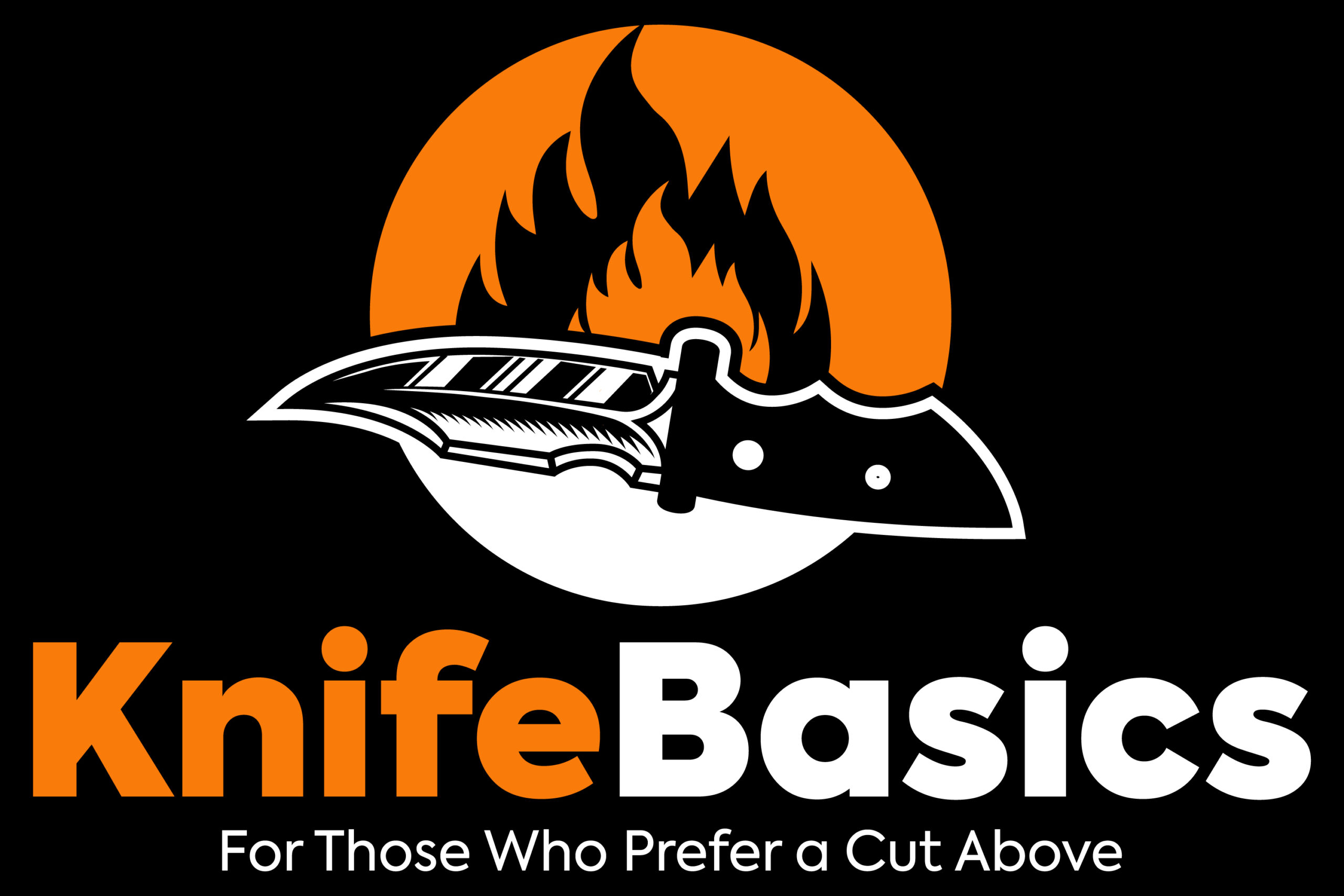I have a strange problem. I am going through all 3 of the Spyderco stones (from medium to ultra fine) with about 13° angle, and then strapping with 1micron compound and finishing on clean leather. The result is truly sharp. Without any pressure I am easily shaving off the hairs of my arm. It is cutting through newspaper like nothing I have had.
BUT it is not gliding easily through an onion. As a matter of fact, it was better before I sharpened it. What could have been going wrong?
I redid the whole process, but this time I decided to give a totally new edge. So I first went through both side of the Sharpal dual diamond whet stone, just to get a new clean edge. Then the same process as above with the Spyderco set and strapping. The result is the same.
BUT it is not gliding easily through an onion. As a matter of fact, it was better before I sharpened it. What could have been going wrong?
I redid the whole process, but this time I decided to give a totally new edge. So I first went through both side of the Sharpal dual diamond whet stone, just to get a new clean edge. Then the same process as above with the Spyderco set and strapping. The result is the same.
Last edited:


